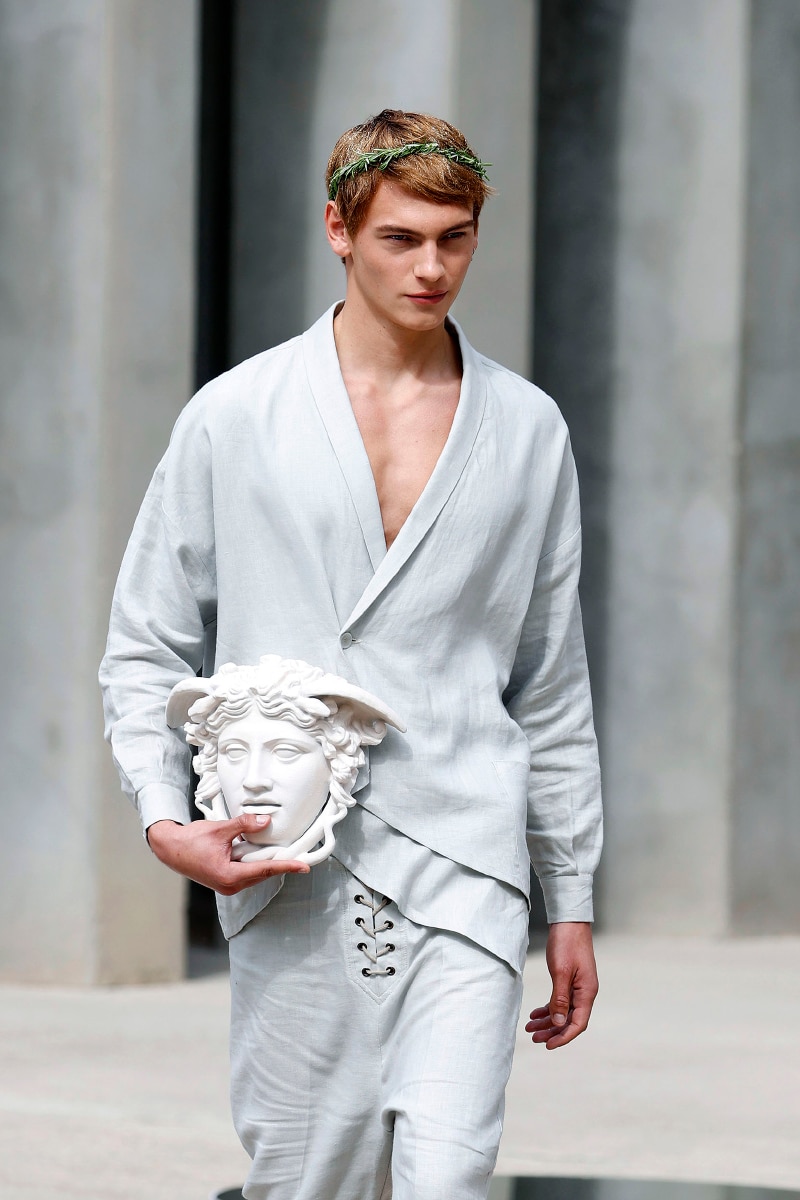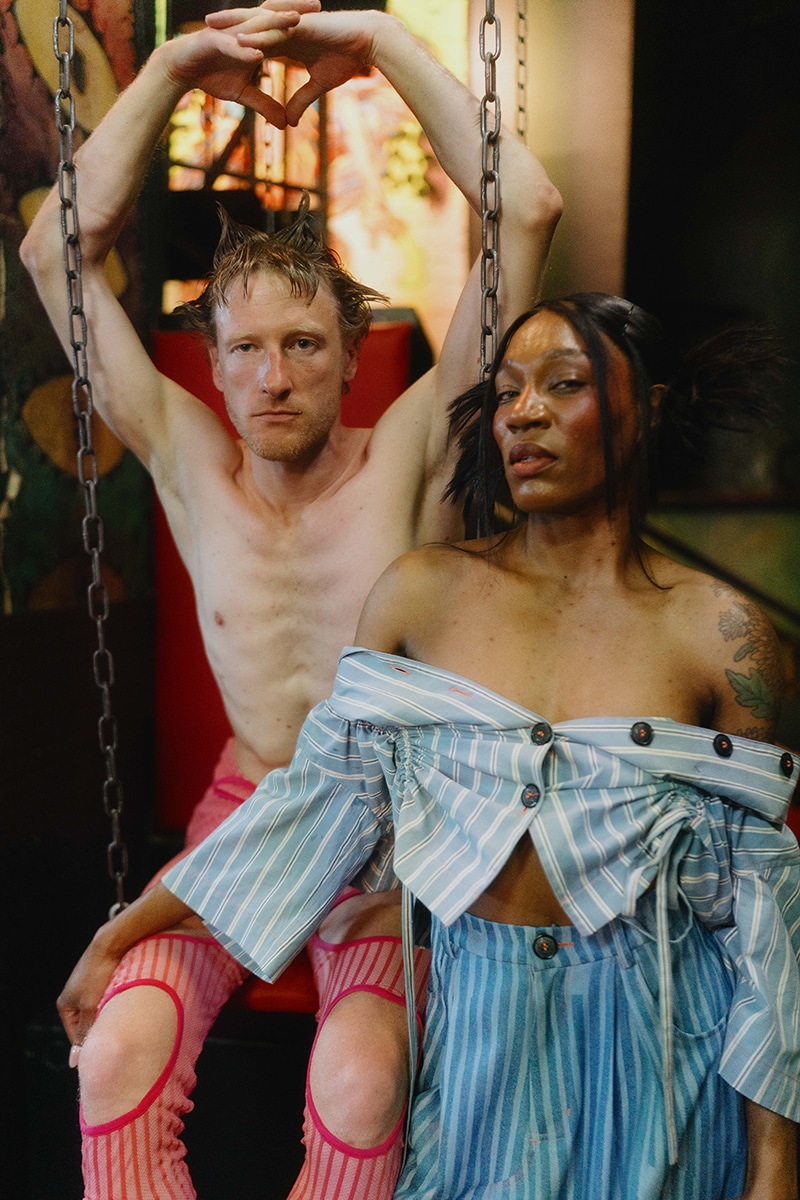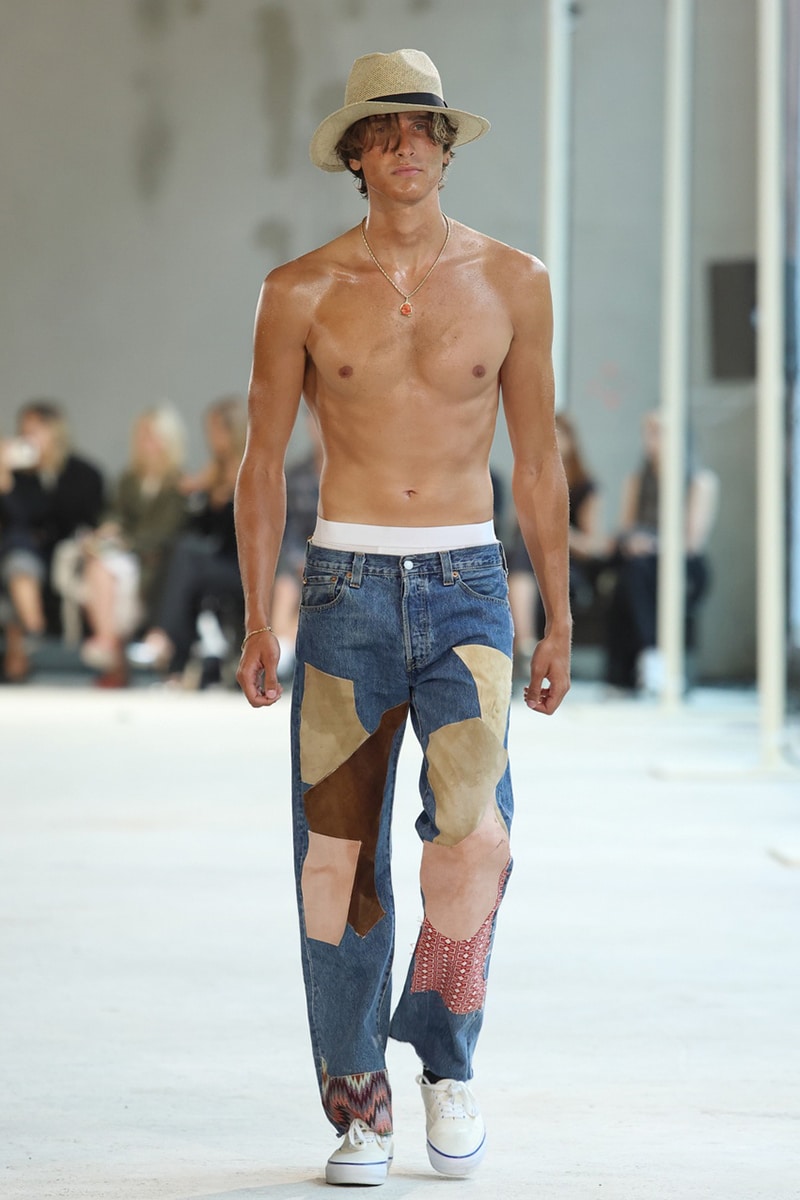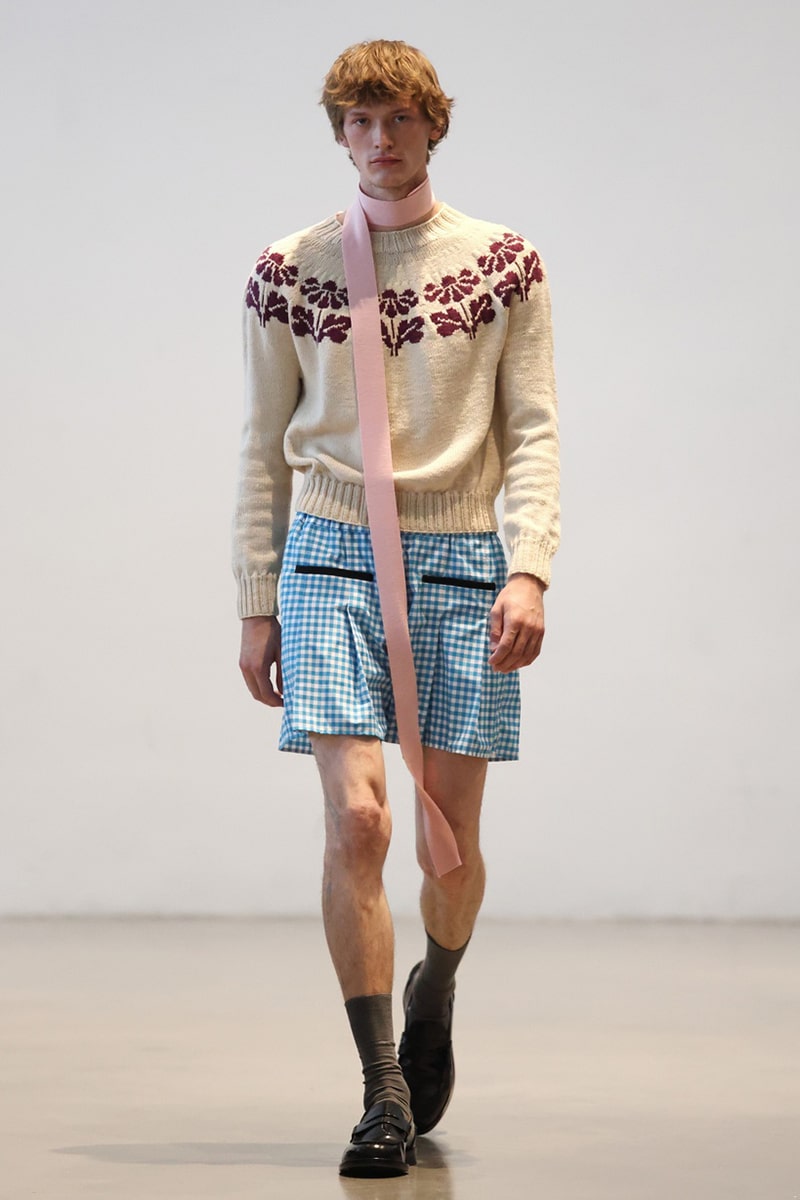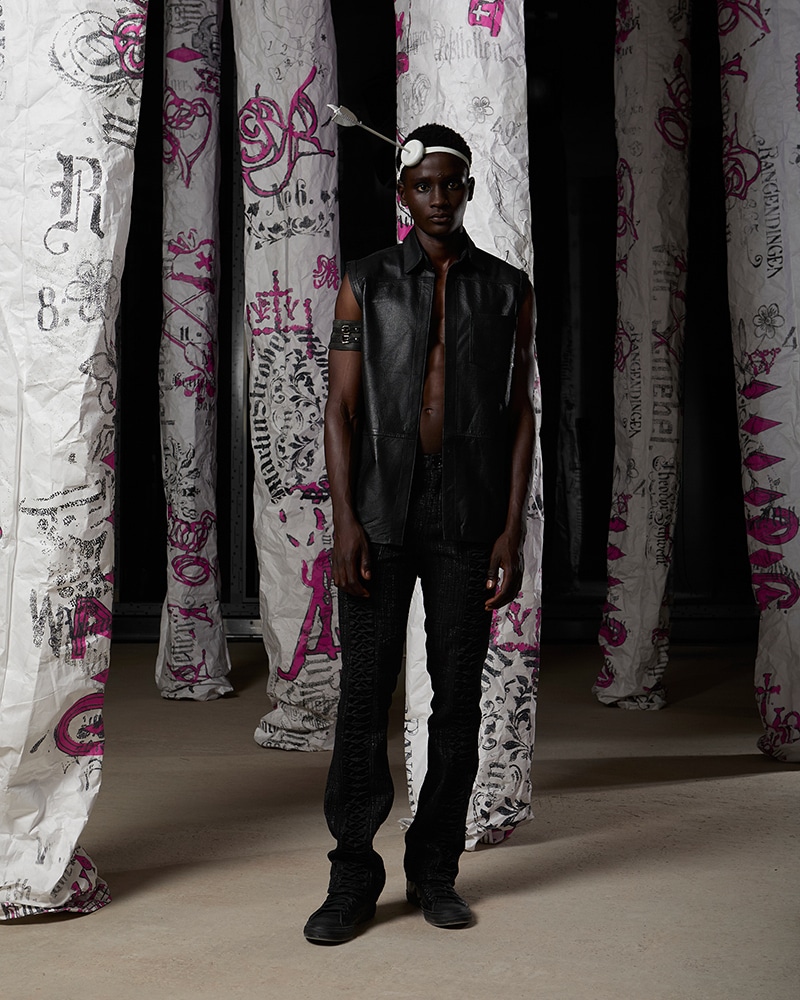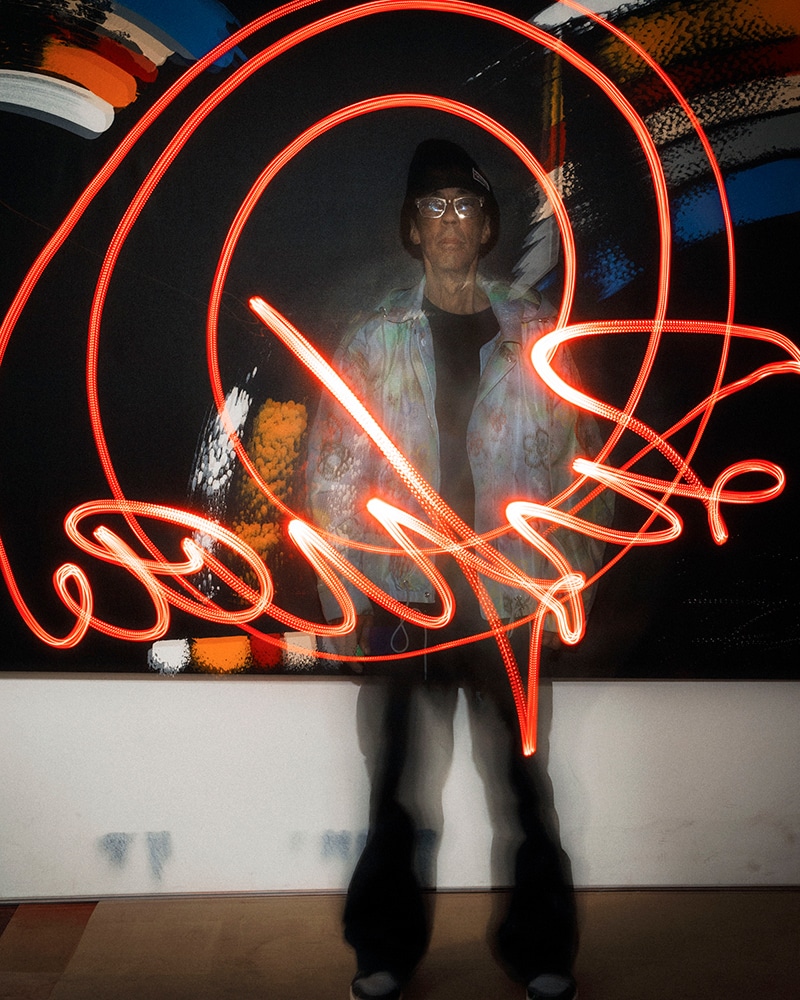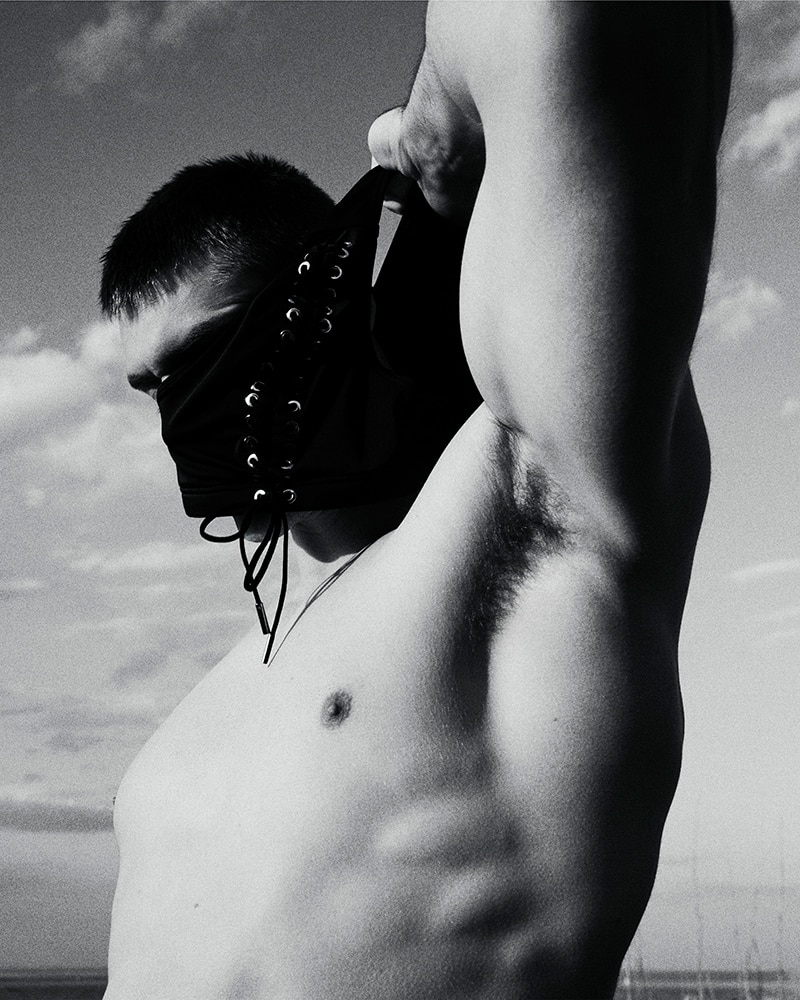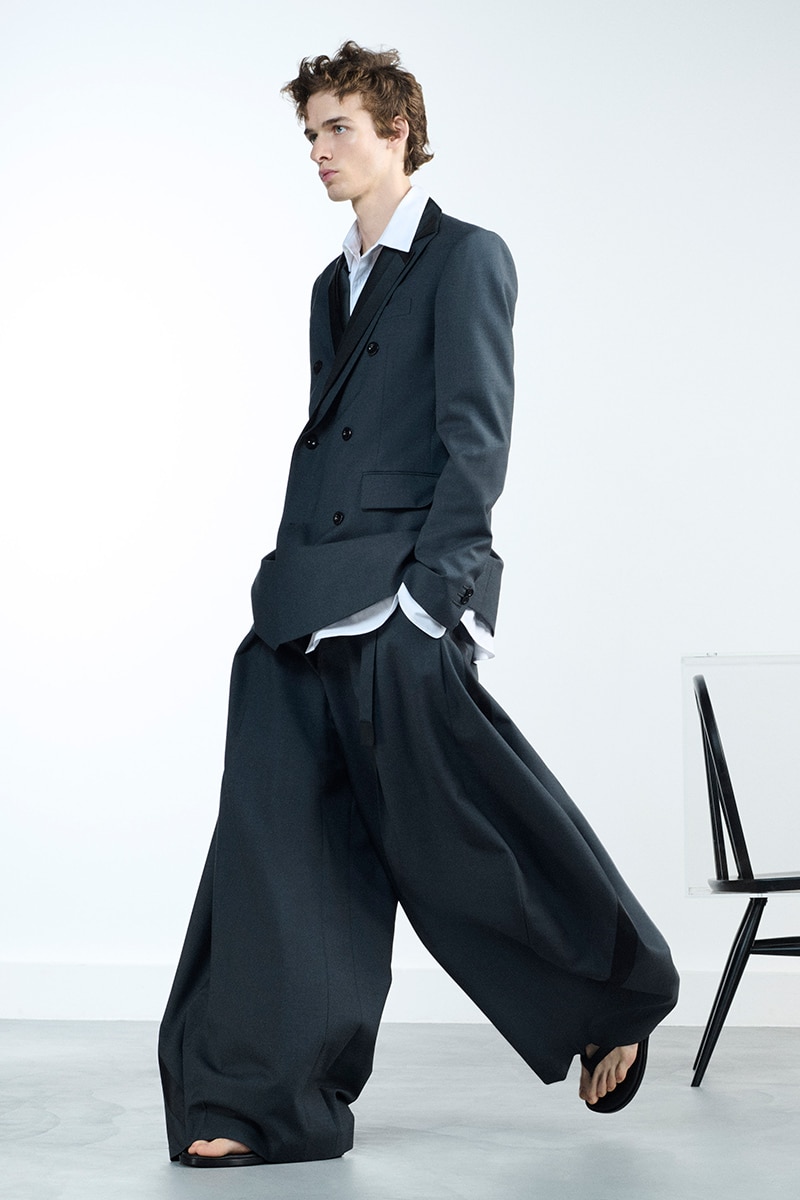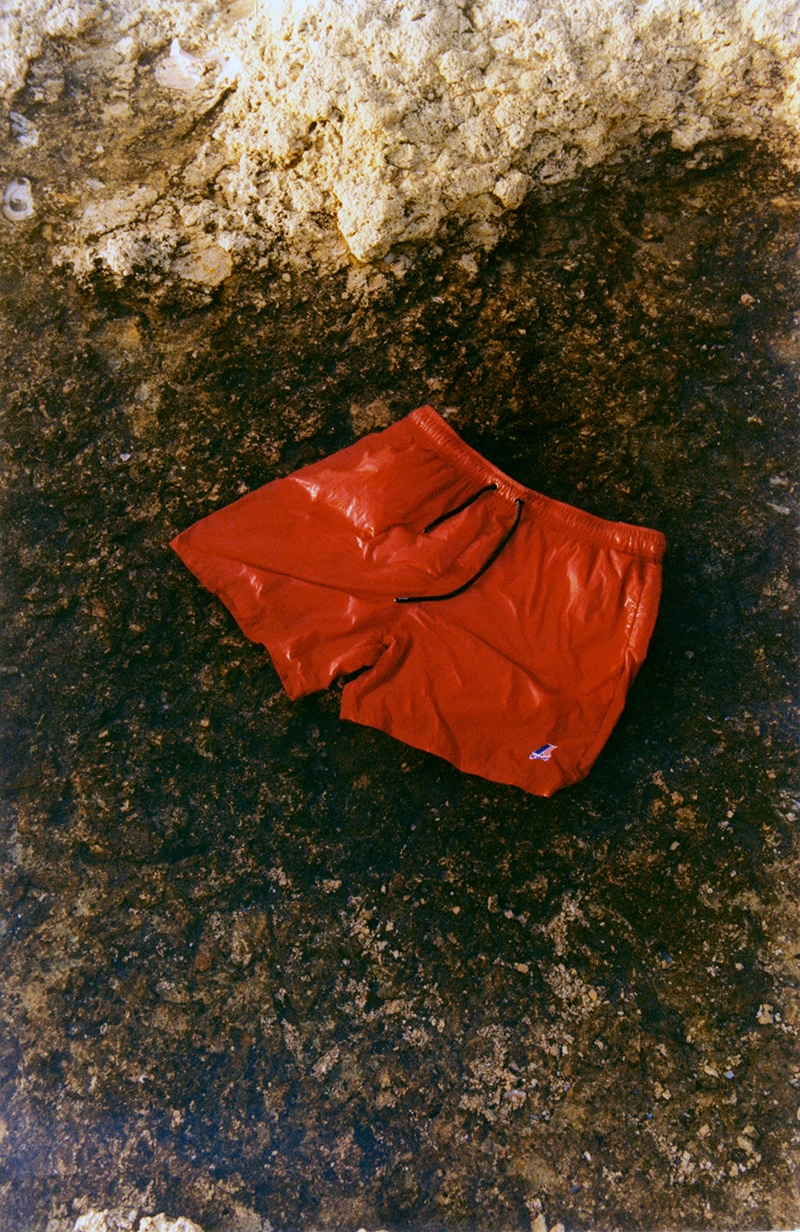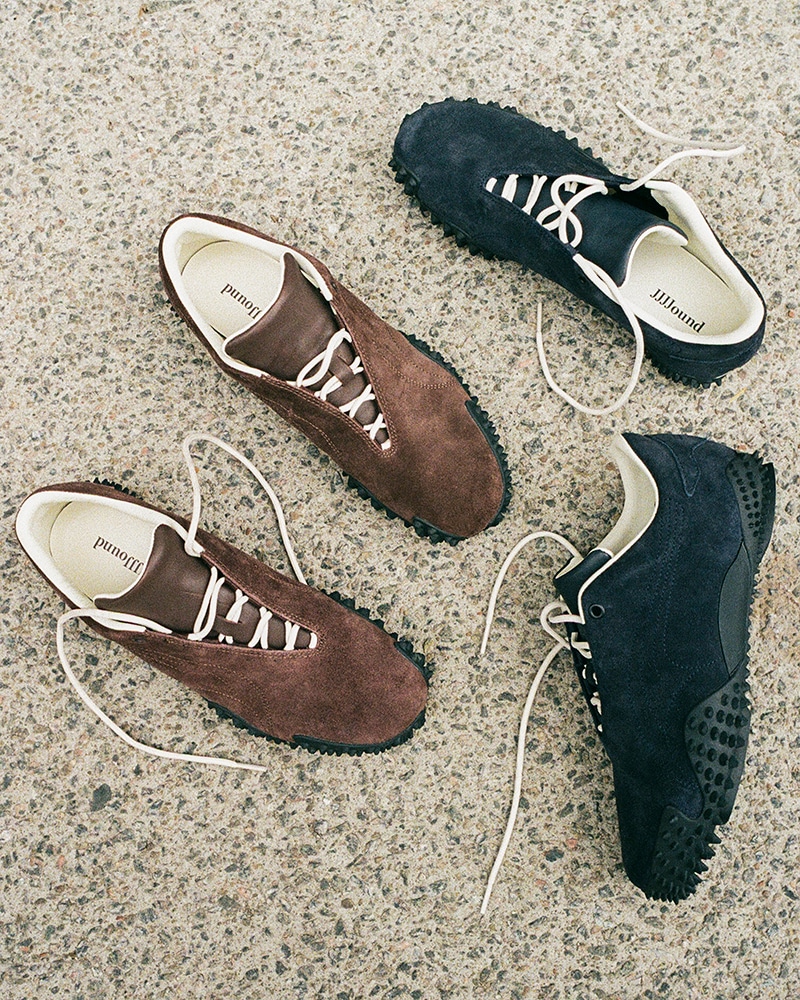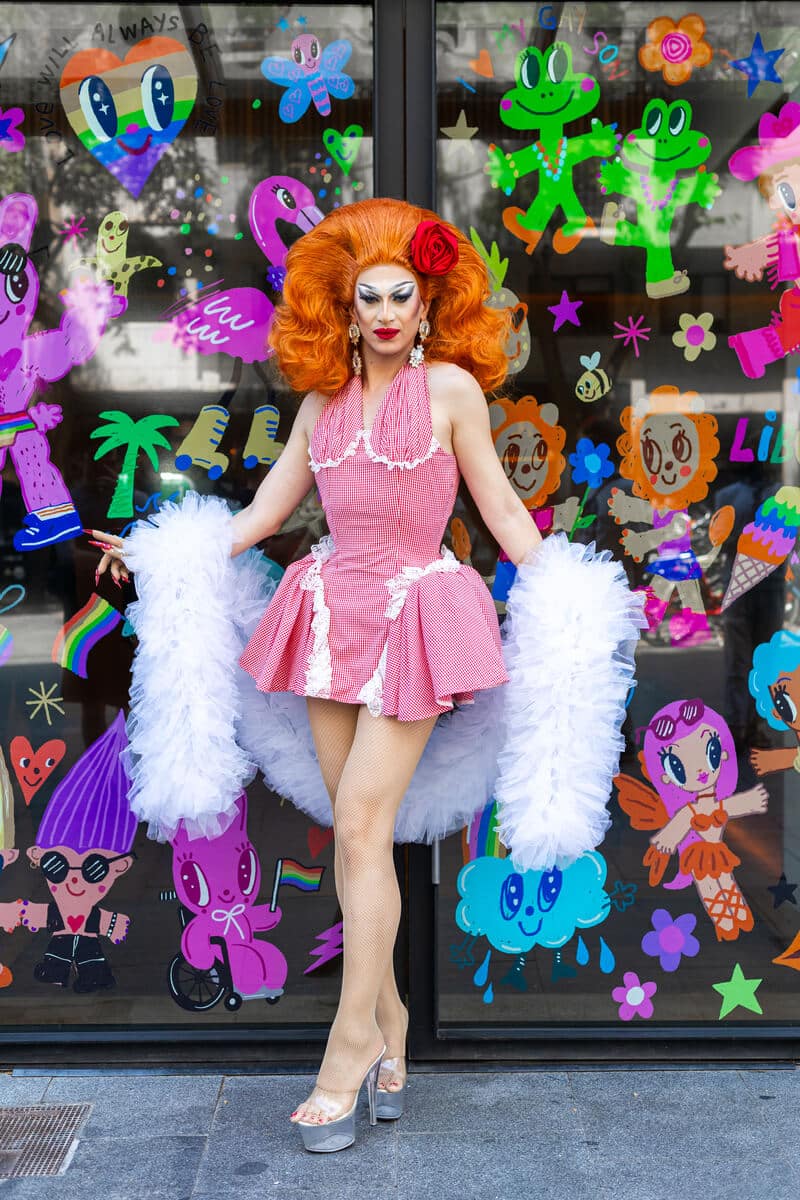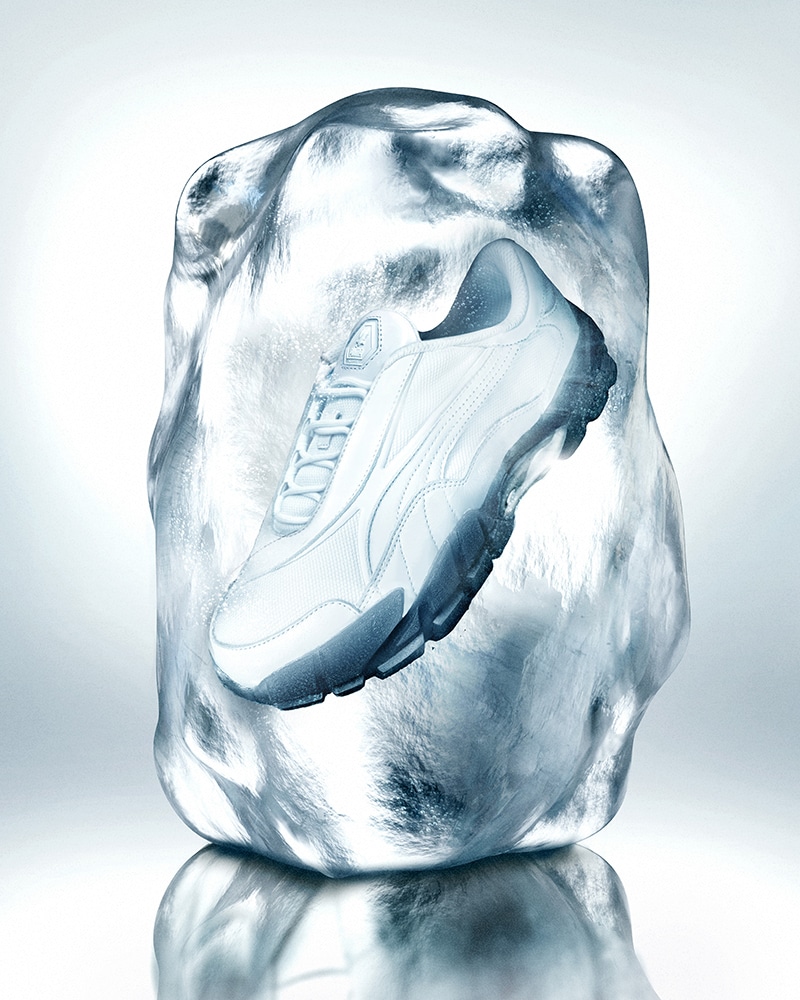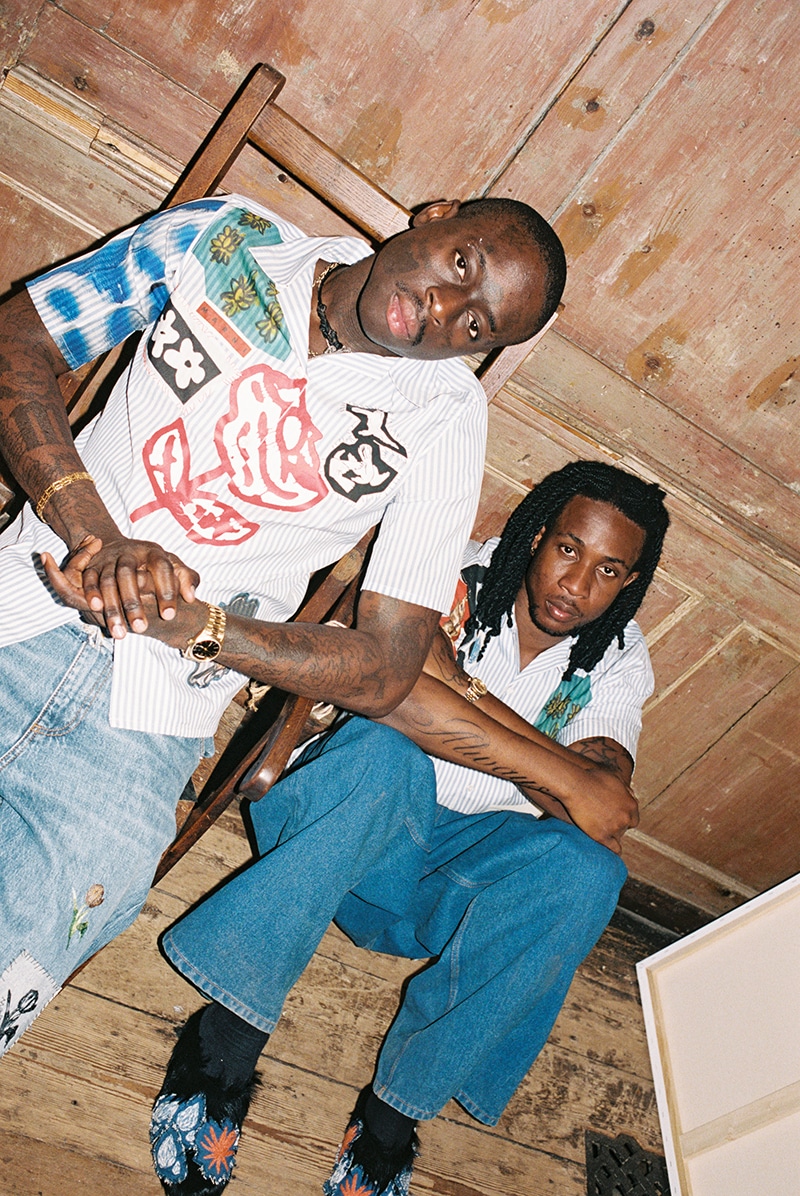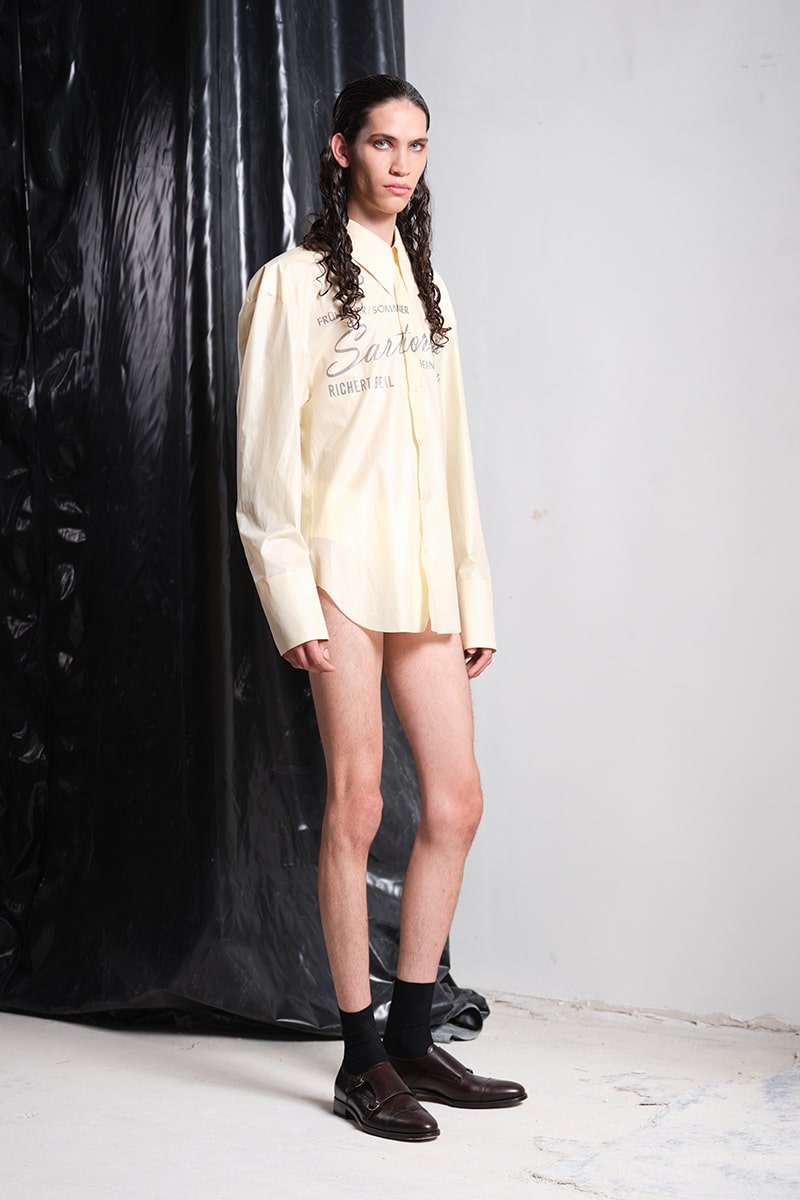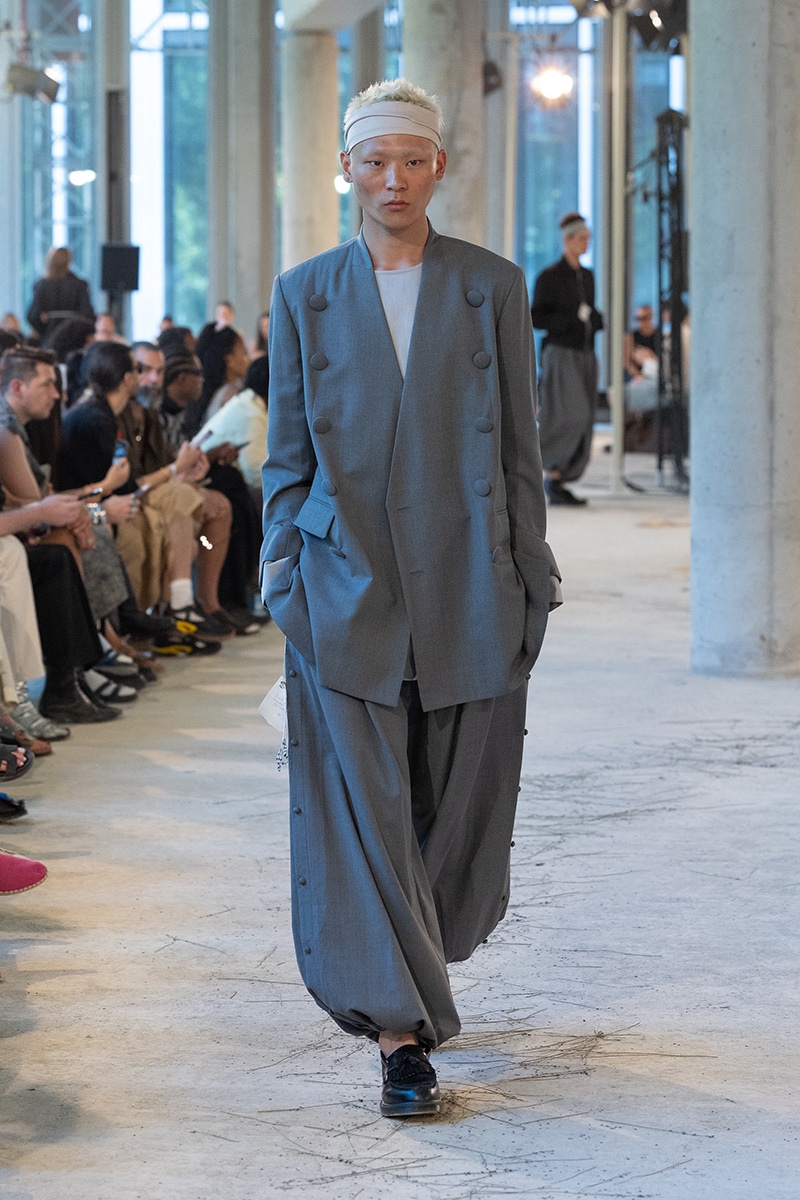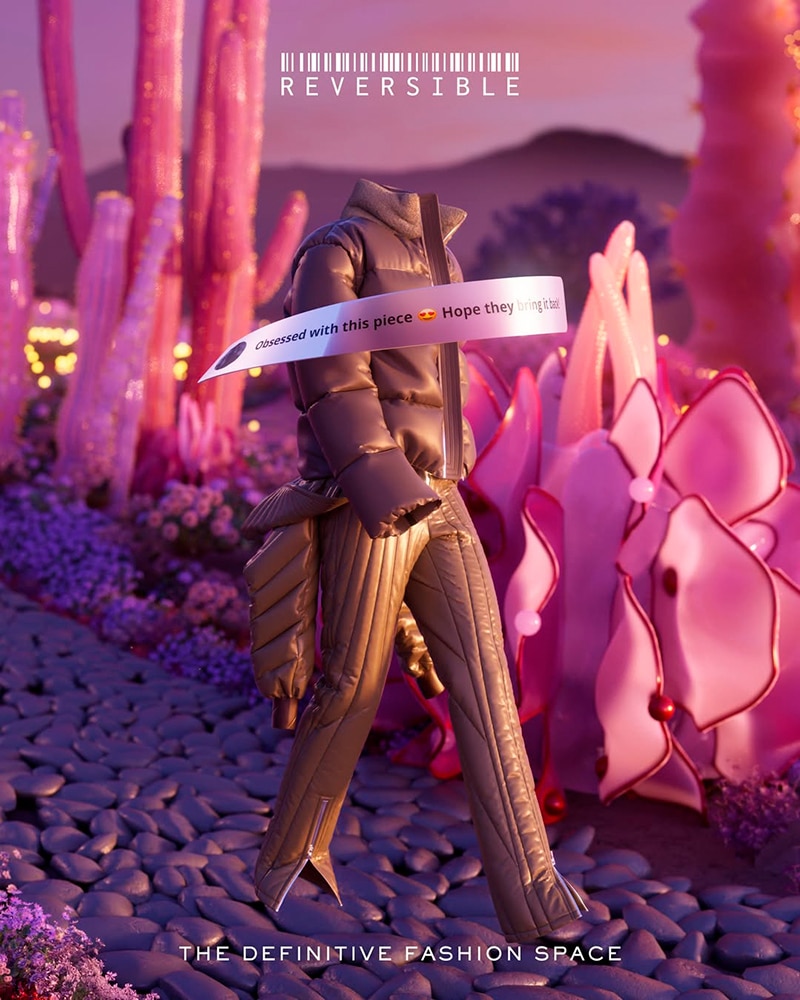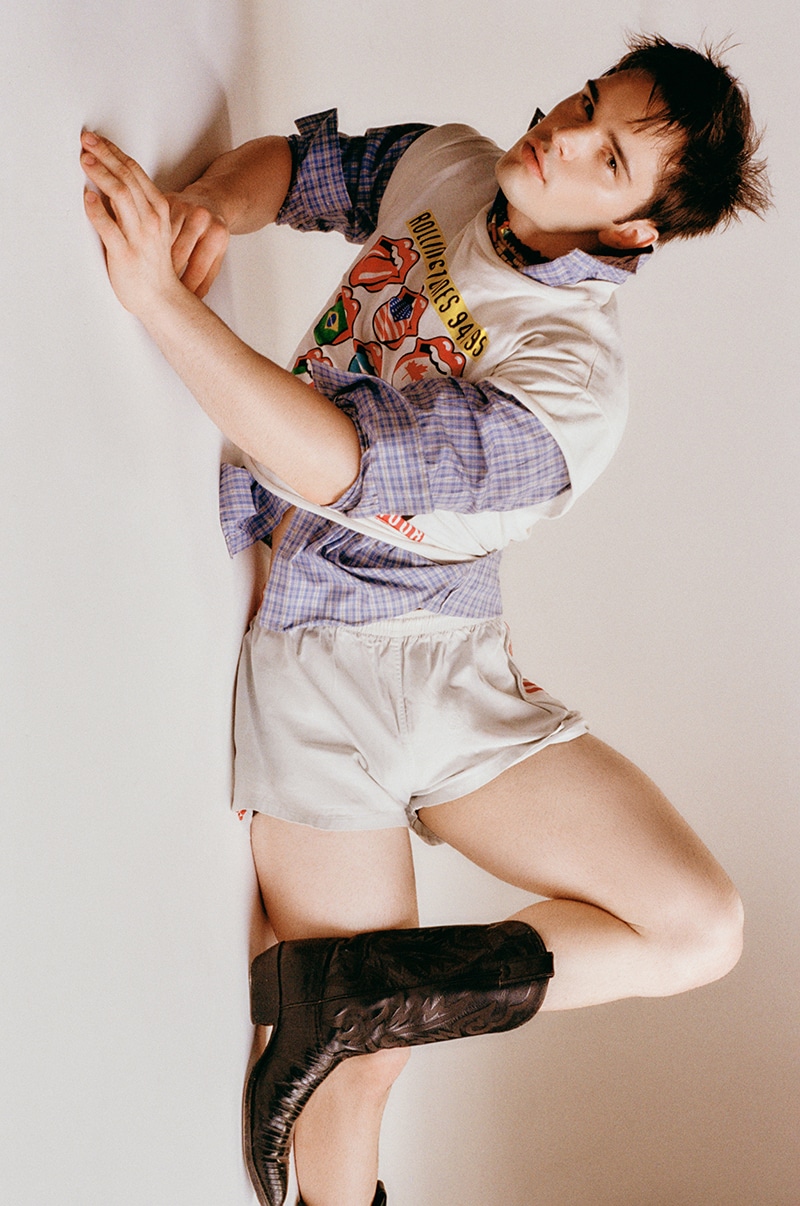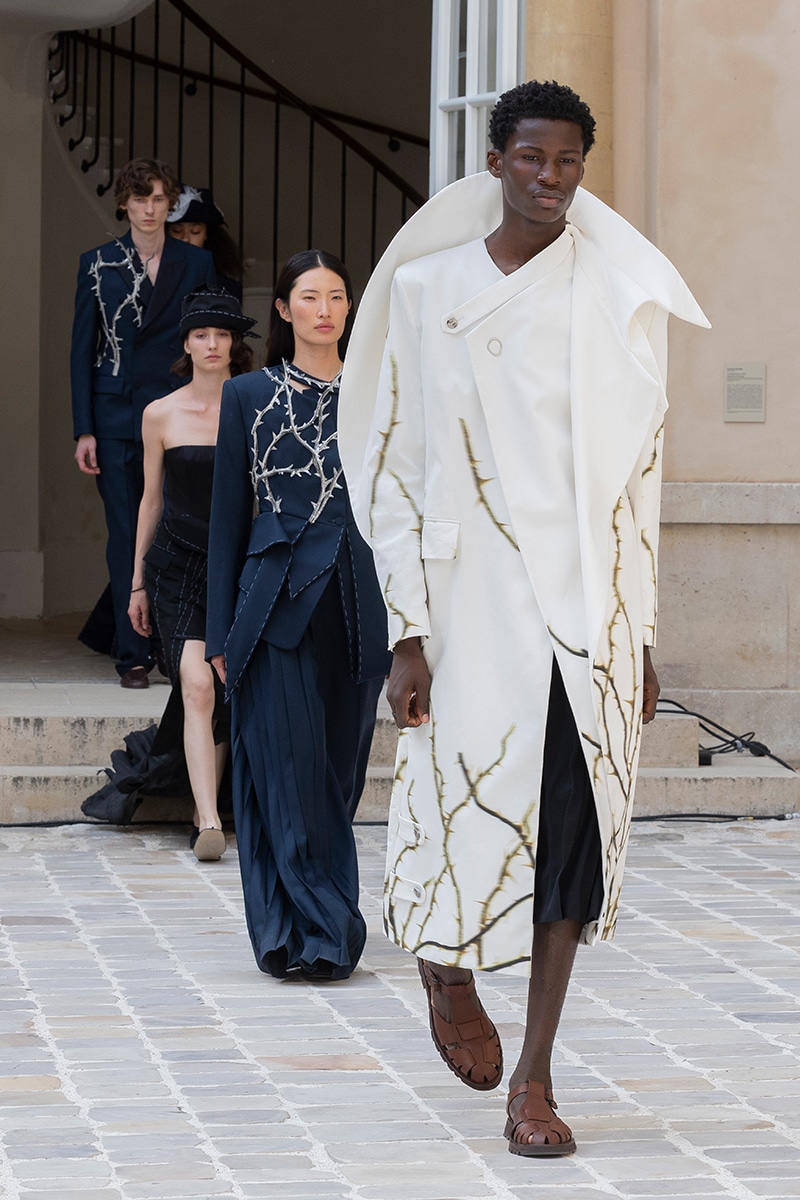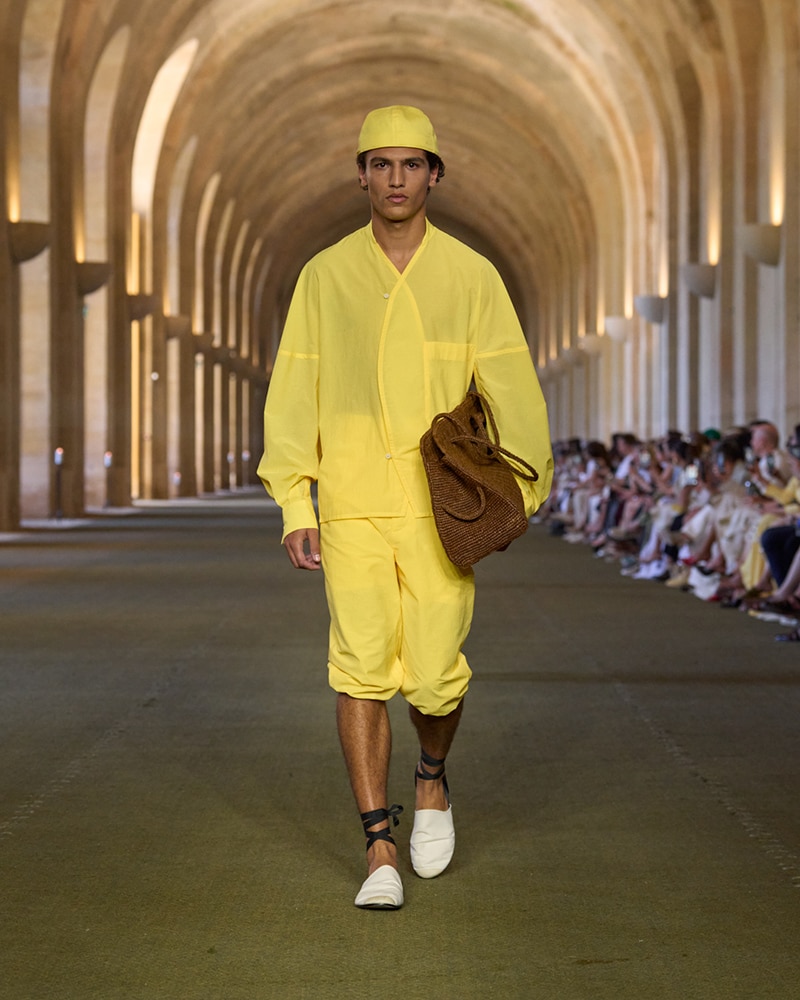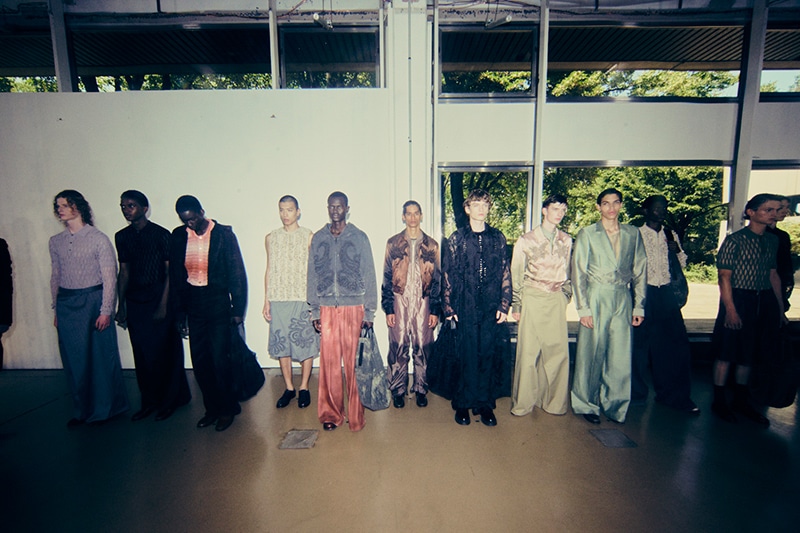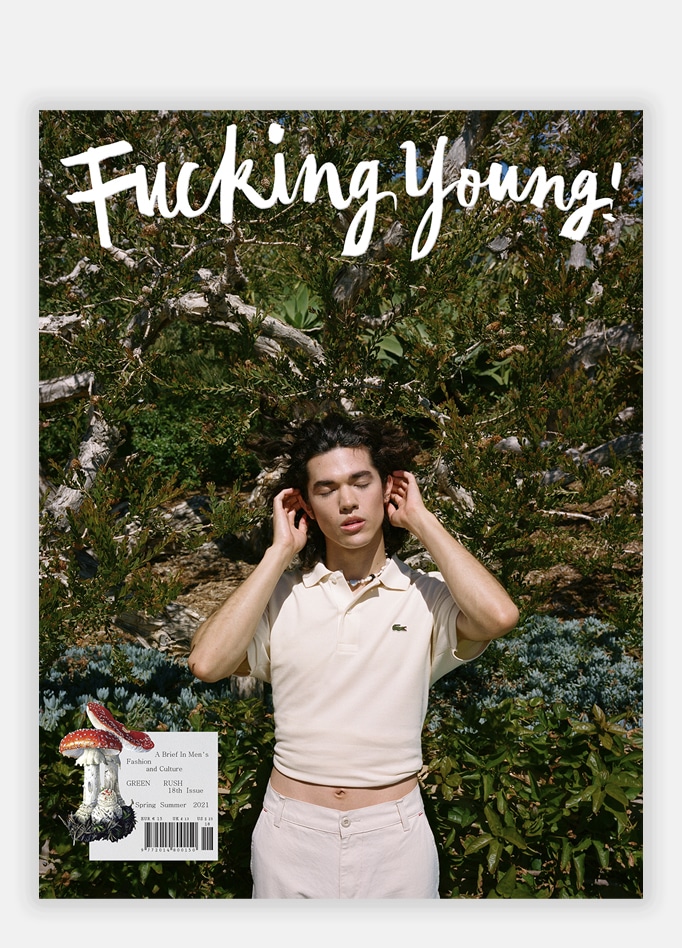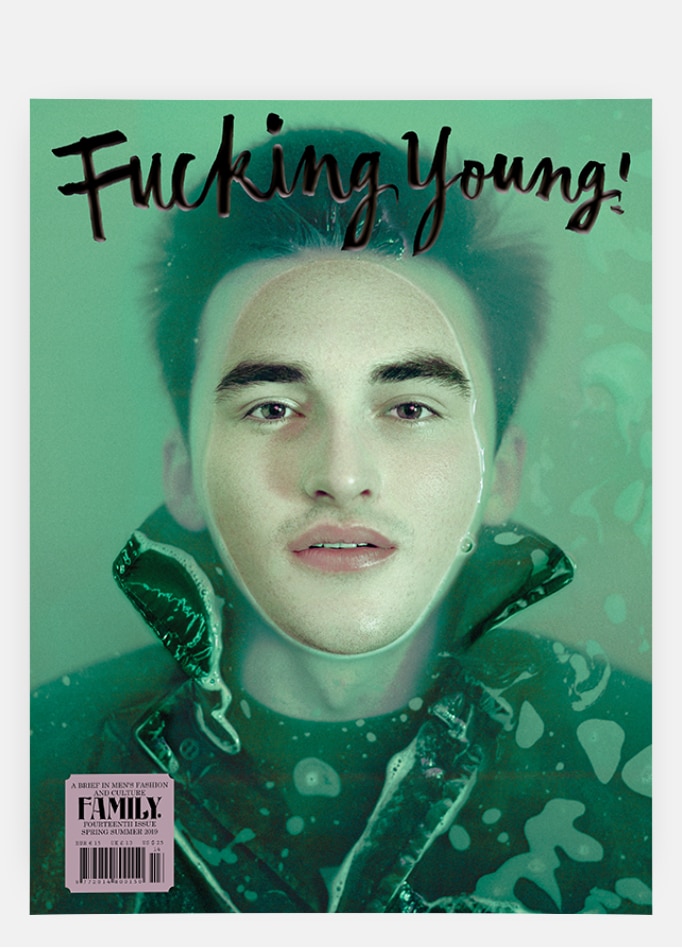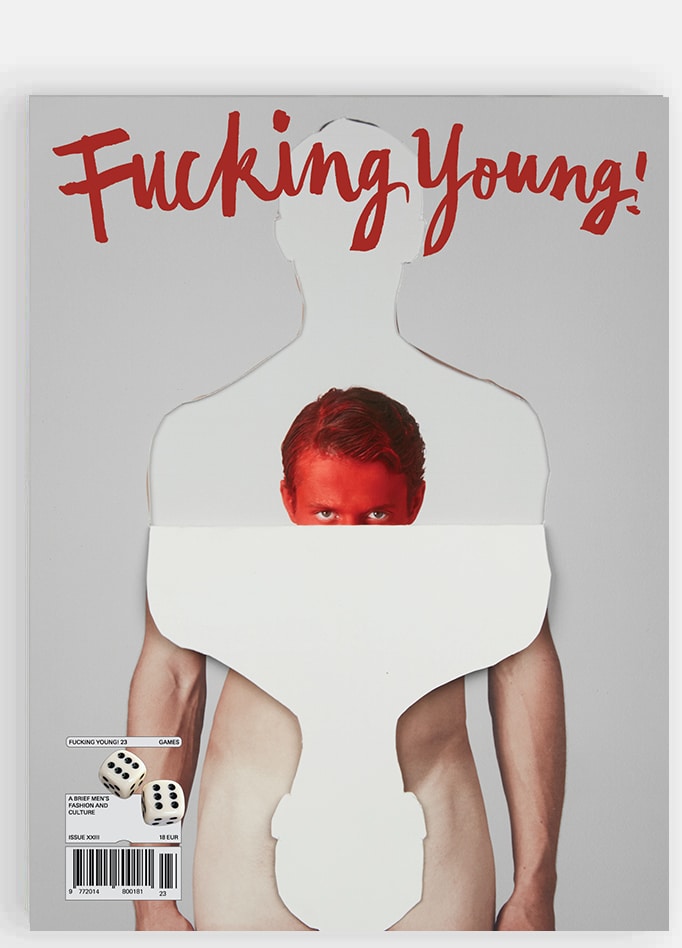“UTOPIA” is the new collection from Júlia G Escribà, presented during 080 Barcelona Fashion.
Focused on sustainability, the designer used materials like linen and cupro, a fabric made from recycled raw materials.
Despite her youth, she boasts a track record in the industry: she has worked in a fabric store, worked as a stylist and made some designs for a Catalan designer, until she decided to focus on her own project and take the plunge.

We spoke with the brand before the SS22 show:
Who is Júlia?
Julia G Escribà is a fresh, young, innovative, sustainable brand. Comfortable clothing that adapts to different contexts and times of the day; exterior and interior, casual, fleeting and liquid. It is aimed at restless, committed people who are committed to sustainable fashion consumption, people with personality who understand that their consumption is also a political and committed commitment.

You made your new collection under the umbrella of the European Union’s TheMedNew program. Tell us more about this initiative. How is sustainability present in your creations?
UTOPIA, the new Júlia G Escirbà collection was born before the utopian visualization that the firm has before the textile industry and is made under the umbrella of the TheMedNew program of the European Union. Júlia G Escribà leads TheMedNew, with Texfor and TexMedAlliances. The objective of the program is to commit Mediterranean fashion brands to corporate social responsibility; betting on a fashion industry committed to the climate emergency, the reduction of the ecological footprint and the future of future generations. TheMedNew program groups together brands that are characterized by design styles, fabrics and social and environmental commitments typical of the Mediterranean essence, maintaining this towards globalization.
The Mediterranean fashion industry is committed to the great sustainability challenges of the 21st century and the 2030 sustainable development goals; the climate emergency: less textile consumption, fewer pieces of clothing and of higher quality, incorporation of textile smarts, reduction of emissions in manufacturing and circular economy; and on the other hand the reduction of inequalities, betting on short circuits, local economy and fair wages. The new collection has analyzed the timelessness of colors. Utopia SS22 bets on timeless colors; stone and earth colors based on the theory of the Pure Sonochromatic Scale of Neil Harbisson, who has collaborated with the proposals of colors of the fabrics. The cyborg living in Catalonia maintains that colors are also emitters of sounds, neutral and earth colors emit softer and more harmonic sounds, and even silence. The designs are therefore timeless. That is why the brand believes that it is necessary to create a movement in front of these values and this identity, which they have defined as outopikí avantgarde; transparent, sustainable, timeless and technological movement.

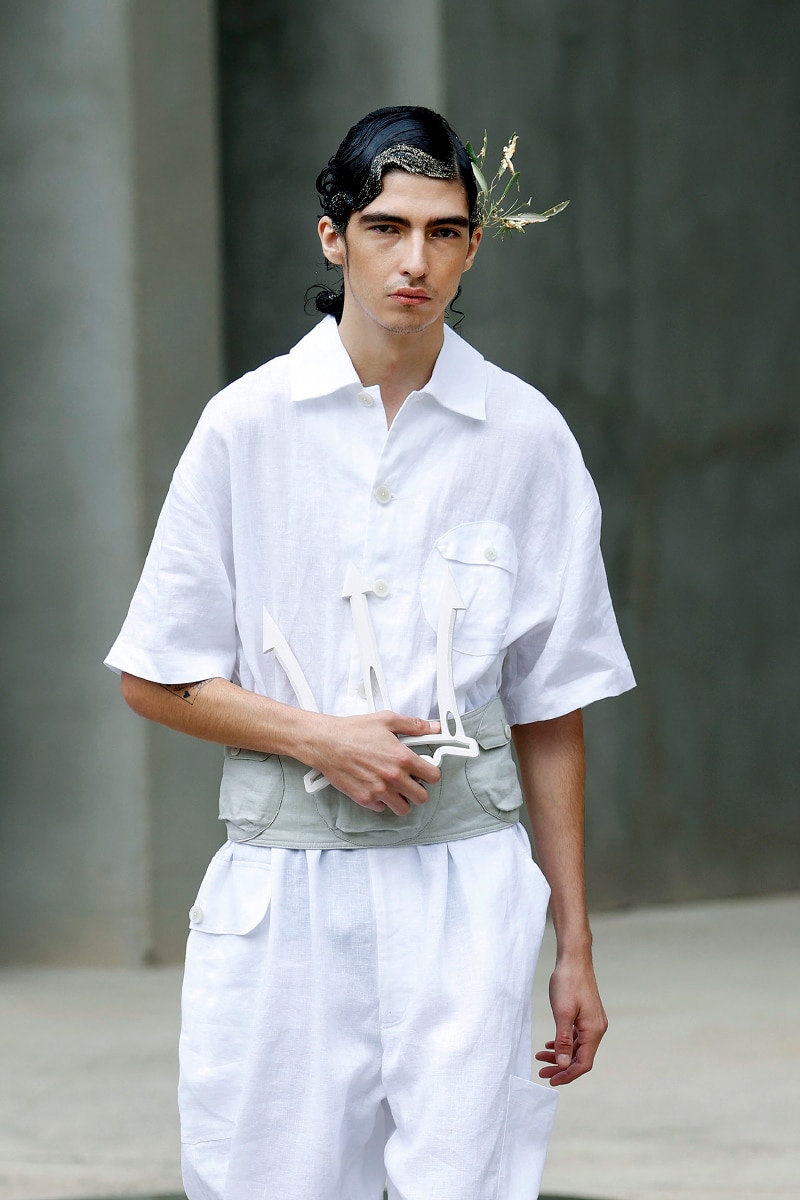

Why do you think is taking so long for big established brands to take the definite jump to a more sustainable way of work?
More and more sustainable proposals appear in the fashion market, with new materials, upcycling, and in a general way more respectful of sustainability in their production chains. Even so, they have a little real impact on the industry. Their distribution networks are precarious and they are unable to penetrate the large distribution circuits or the large multi-brand chains, as well as the great aid from the institutions is aimed at large SMEs and not at startups with business ideas that could change the industry; Another and the most realistic option is to collaborate between large and small companies to reach the goals of the 2030 agenda together. One of the main problems related to the slow fashion movement is the transparency on the part of the brands regarding the real prices of each process, and the perception of the consumers. In the first place, clothes are bought mainly for fashion and not so much for function; Therefore, since there is a temporary or finite demand associated with the short life of a certain trend, the need for companies to exploit resources above a sustainable rate is enhanced, and this is unnecessary. We cannot afford trends with expiration, or finite. It is necessary to change the textile landscape immediately because if we continue working with a current business approach, the emissions of polluting gases from this industry will increase by almost 50% by the year 2030 Since if each person stretched the life of their garments from one at two years, emissions would be reduced by 24%.


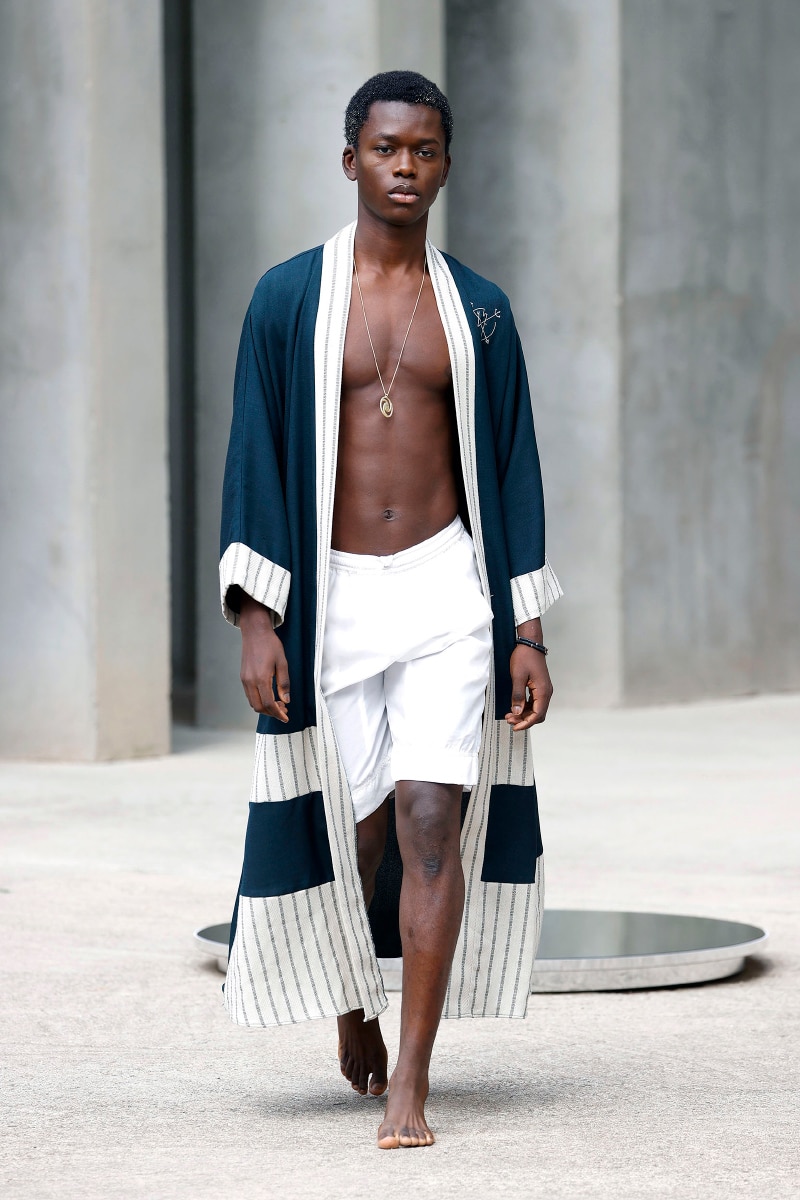
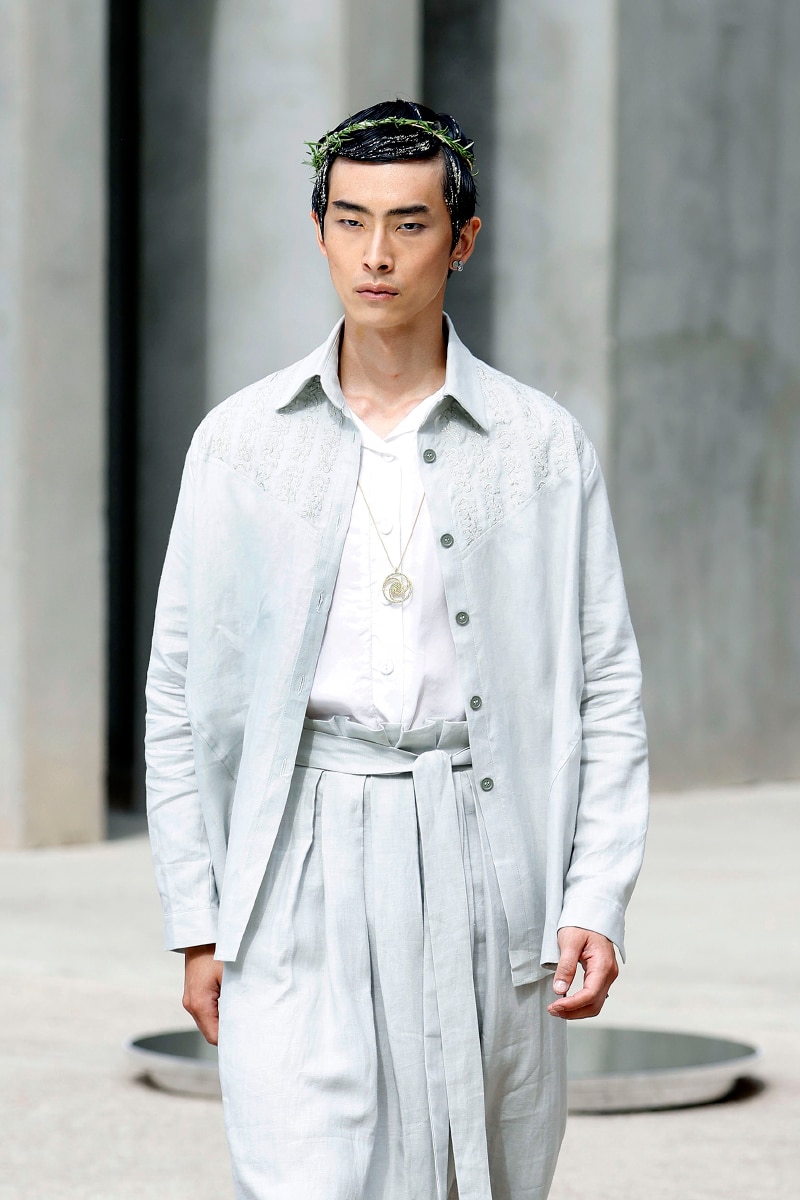
What’s next for you?
For Júlia G Escribà, the most immediate future is to have a greater impact and be in the market, as well as to finish applying the circular economy model studied, together with the formalization and consolidation of the THEMEDNEW Association with different institutions of the European Union.
